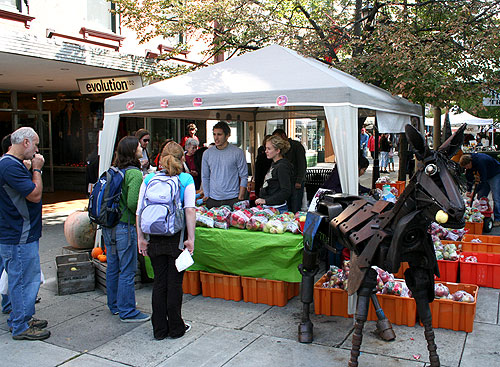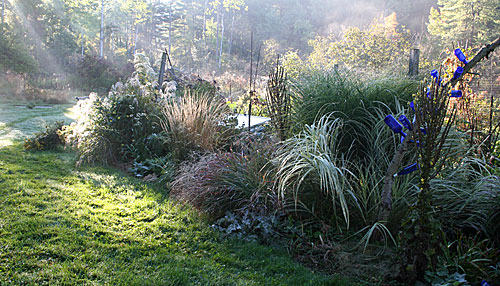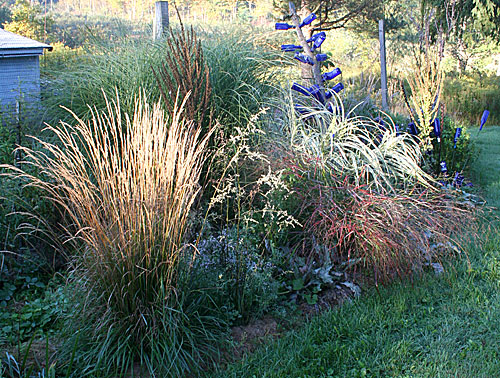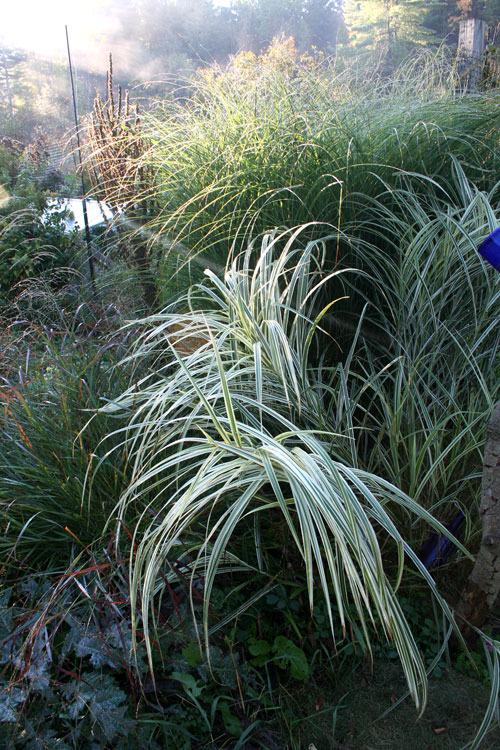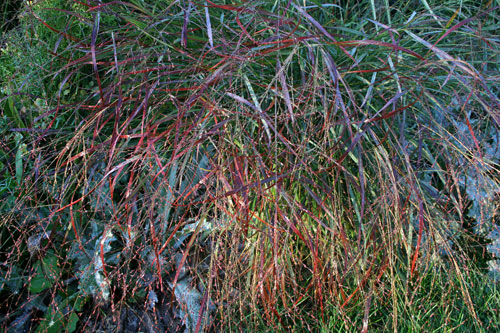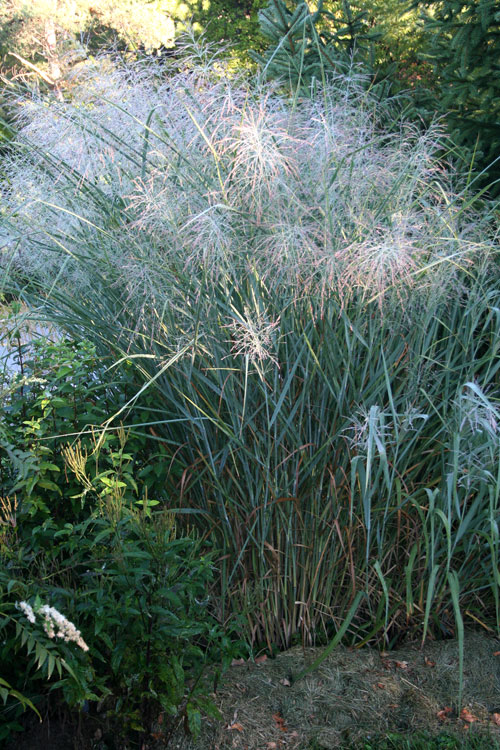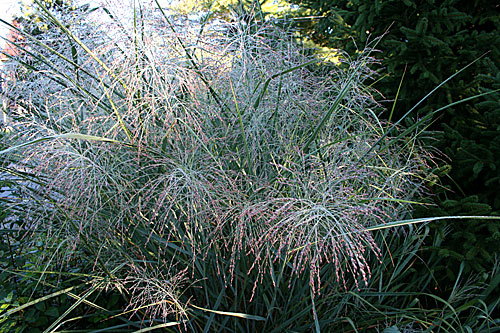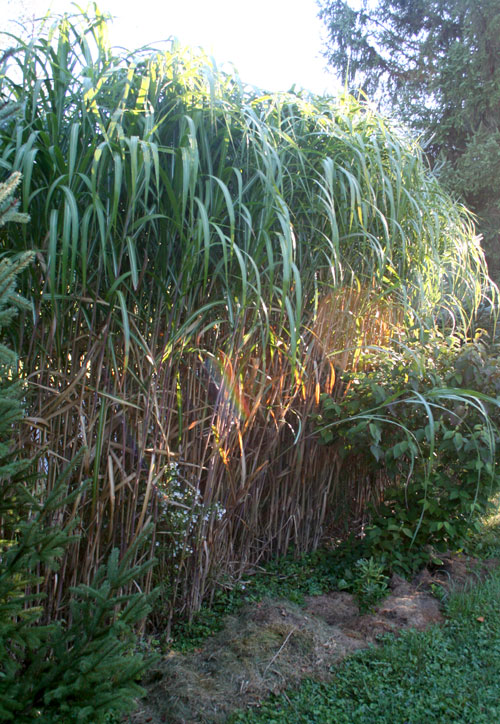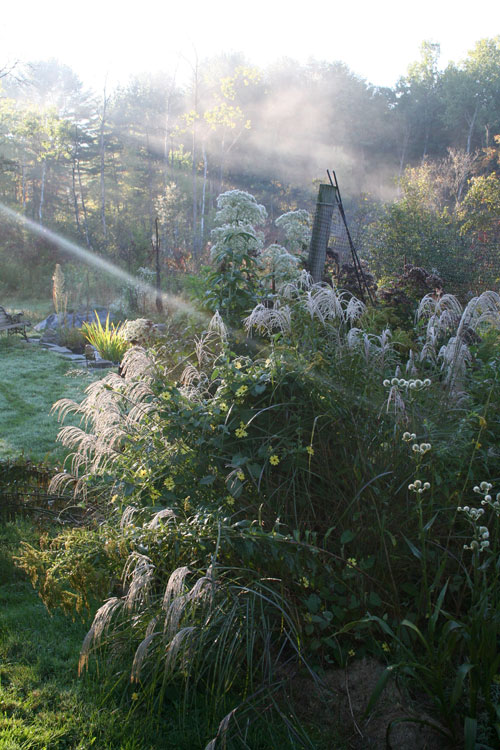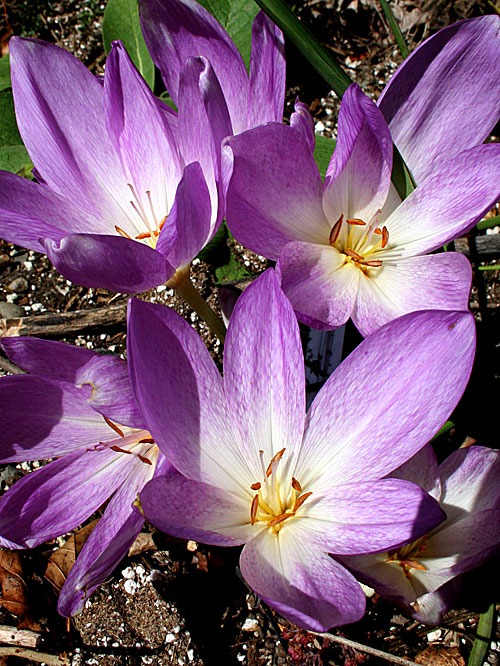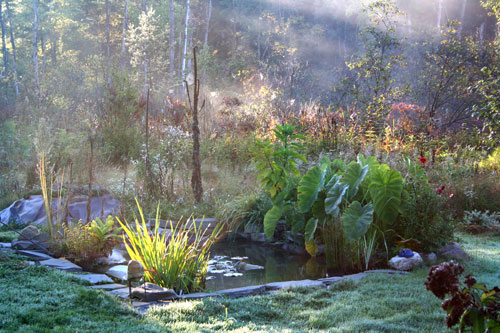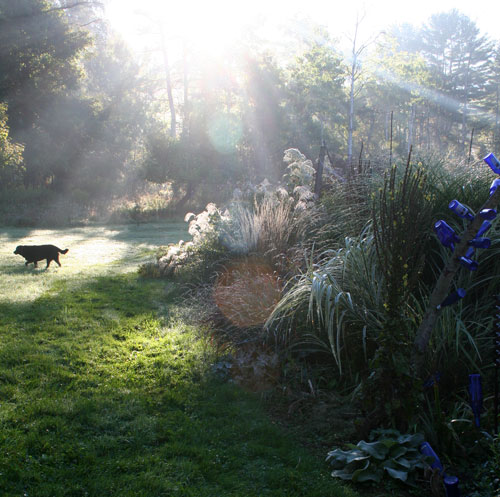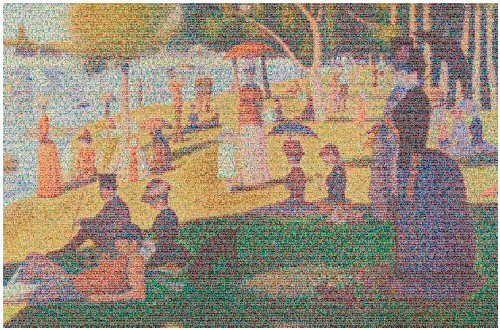One of the great things about living outside a college town is the vibrant culture. This weekend was the Ithaca Apple Festival. The Commons (a product of ’70s revitalization efforts) had food, fun and live music all weekend. A favorite stop every year is a booth organized by our Department of Horticulture grad students raising money by selling apples, cider and pawpaws and raffling off a giant pumpkin. (Note to Chad: Don’t forget pawpaw trees next year.)
I love the scrap iron pony. Similar sculptures (recycling at its best) are scattered around the Commons and downtown.
Friday night, Air America Radio host (and frequent commentator on to Keith Olbermann’s Countdown and other new programs) Rachel Maddow brought her radio show to Ithaca’s State Theater. Rachel frequently features politically active artists and musicians on her program. So it was no surprise that local favorites The Burns Sisters performed this song at the show. (This version from the 2006 Philly Folk Festiva.)
Apple Festival. Scrap iron ponies. Burns Sisters. There’s hope for this world.

